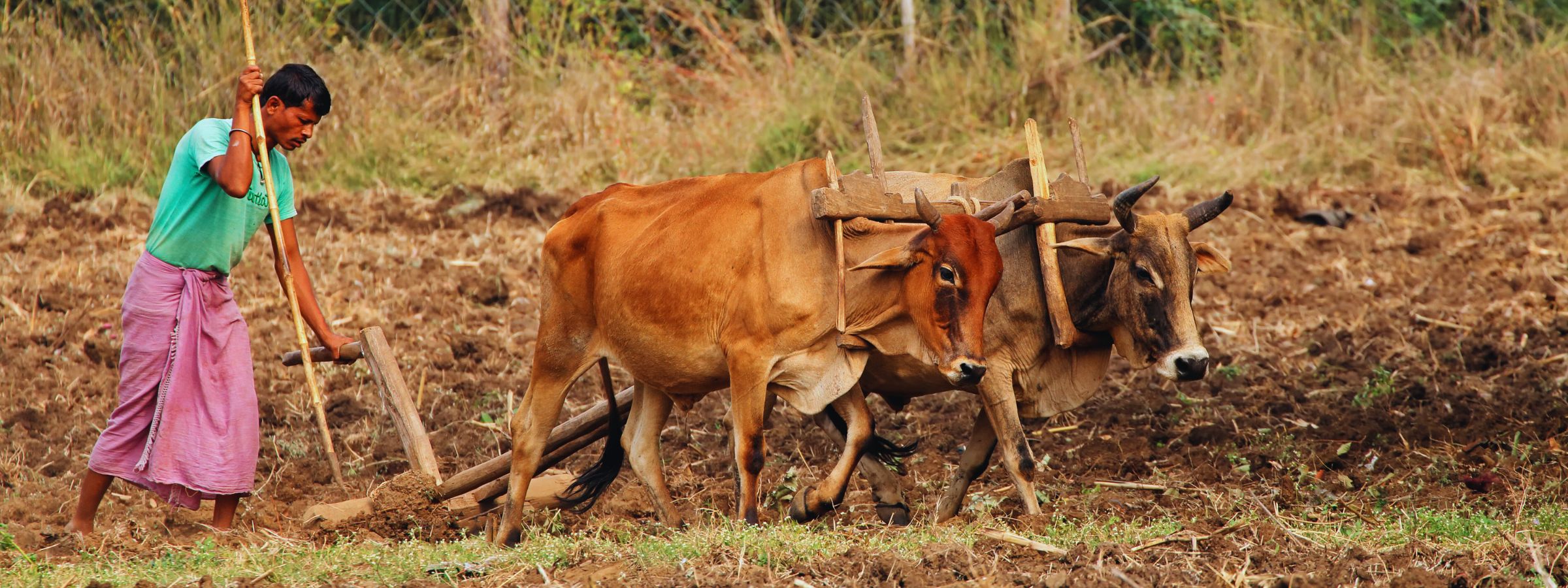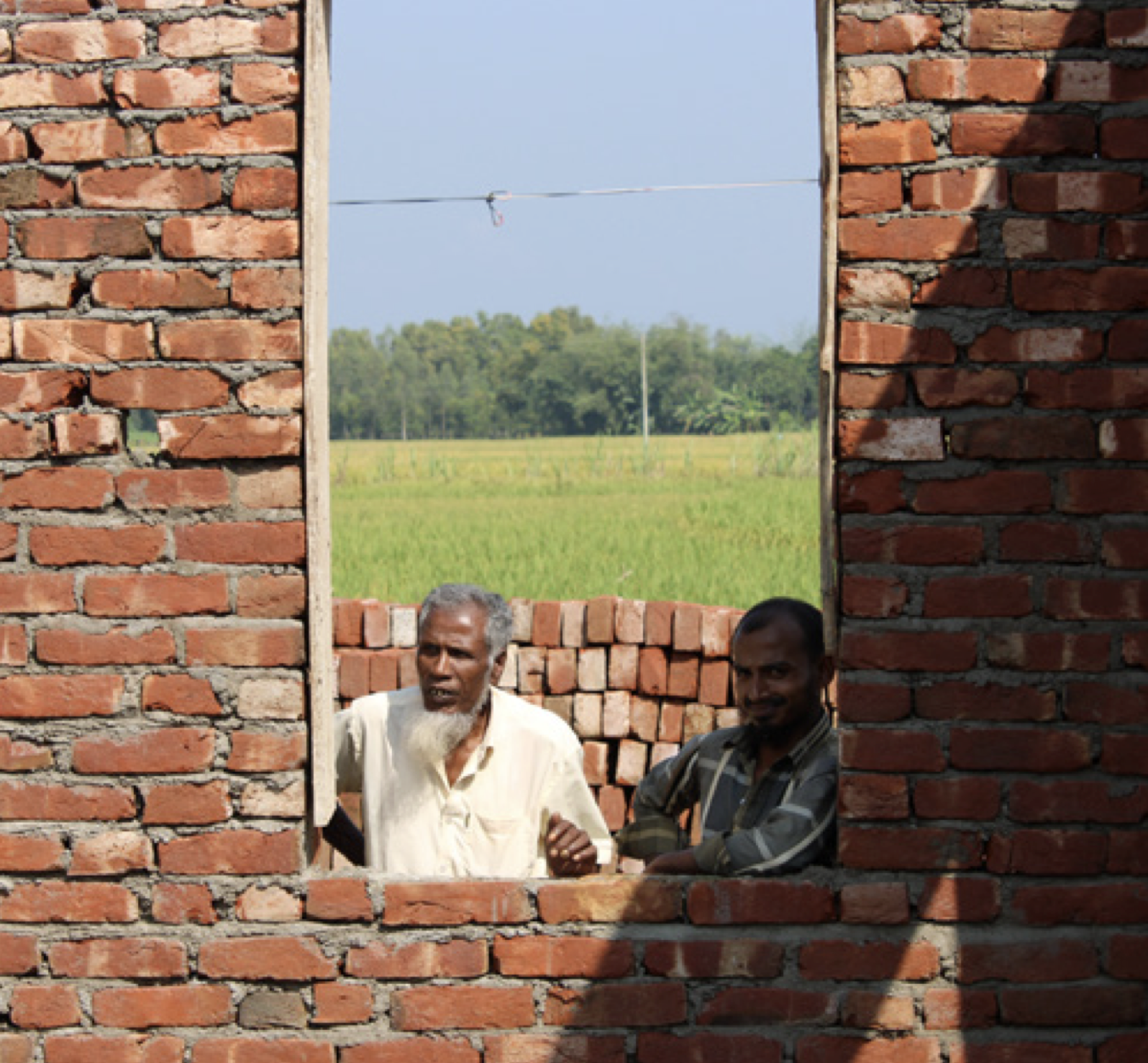Complementarity

AFI members see financial inclusion as an opportunity to strengthen central banks’ core objectives of delivering monetary and financial stability – as a complementary, rather than a competing, priority.
Financial inclusion increases the retail deposit base and the effectiveness of monetary policy transmission, which helps financial markets become more efficient, and enhances monetary stability. Financial inclusion policies that bring about reduced transaction costs, for example interoperable digital payments, lead to better alignment between supply of, and demand for, capital.
Financial inclusion also reduces dependencies on foreign capital, thereby strengthening the domestic financial sector. It creates a more stable and reliable funding base by drawing informal savings into the system, and by diversifying the depositor base that supplies these funds, lowering risks.
Financial inclusion increases the retail deposit base and the effectiveness of monetary policy transmission, which helps financial markets become more efficient, and enhances monetary stability. Financial inclusion policies that bring about reduced transaction costs, for example interoperable digital payments, lead to better alignment between supply of, and demand for, capital.
Financial inclusion also reduces dependencies on foreign capital, thereby strengthening the domestic financial sector. It creates a more stable and reliable funding base by drawing informal savings into the system, and by diversifying the depositor base that supplies these funds, lowering risks.
Employment

Financial inclusion plays a significant role in supporting economic development and job creation. It can empower individuals and small businesses to invest in income-generating activities, which, in turn, can lead to job creation and economic growth.
The work of central banks in their capacity as financial sector regulators in supporting micro, small and medium enterprise (MSMEs), especially those owned and led by women, can support their operations, and help them become more stable and economically resilient. MSMEs are often significant job creators in many economies and when they have better access to financial services, they can expand their operations, hire more employees, and contribute to employment growth.
AFI members are actively exploring models and practices for coordinating and aligning central banks and government ministries, to develop interventions which support economic development and job creation.
The work of central banks in their capacity as financial sector regulators in supporting micro, small and medium enterprise (MSMEs), especially those owned and led by women, can support their operations, and help them become more stable and economically resilient. MSMEs are often significant job creators in many economies and when they have better access to financial services, they can expand their operations, hire more employees, and contribute to employment growth.
AFI members are actively exploring models and practices for coordinating and aligning central banks and government ministries, to develop interventions which support economic development and job creation.
Food Security

When people have access to basic financial services, they are more food secure. That can be as simple as having a safe place to put your money, to access in a time of crisis. Currently, financial exclusion is aggravating food insecurity, worldwide. Without access to financial services, many people’s only option is to turn to risky and costly informal alternatives, which penalize those who are already in a vulnerable situation.
Central banks and regulators can play a leading role in tackling this financial exclusion, for example by working to break down access barriers, protecting consumers, generating data, and expanding financial literacy, empowering people with the skills needed to function in the digital world.
Central banks and regulators can play a leading role in tackling this financial exclusion, for example by working to break down access barriers, protecting consumers, generating data, and expanding financial literacy, empowering people with the skills needed to function in the digital world.
Housing

Safe and affordable housing is a basic human need that underpins stability, economic opportunity, and overall well-being. Currently, low-income and vulnerable populations often face exclusion from traditional mortgages and home ownership.
Financial institutions are often reluctant to serve these groups due to perceived lending risks, the lack of traditional credit history for borrowers, and limited knowledge of this market segment.
AFI members are actively seeking to develop effective policy responses which will level the playing field, encouraging the market to provide better finance for affordable housing, and increasing home ownership opportunities and financial stability for those traditionally underserved.
Financial institutions are often reluctant to serve these groups due to perceived lending risks, the lack of traditional credit history for borrowers, and limited knowledge of this market segment.
AFI members are actively seeking to develop effective policy responses which will level the playing field, encouraging the market to provide better finance for affordable housing, and increasing home ownership opportunities and financial stability for those traditionally underserved.
Youth

90% of the world’s 1.8 billion young people live in developing countries. This creates an opportunity for a demographic dividend that positively impacts economic growth, political stability, innovation, and social and sustainable development. However, due to barriers from the regulatory, supply and demand side, many young people cannot access formal financial services, with young women especially disadvantaged.
Young people rely more heavily on unregulated informal financial services, have less access to economic opportunities, and are at greater risk of being trapped in a cycle of intergenerational poverty.
Advancing youth financial inclusion requires addressing youth-specific constraints through innovation, while also ensuring consumer protection and responsible finance. At the 2019 AFI Global Policy Forum, AFI members approved the Kigali Statement, which commits to harnessing the capacity of youth and other disproportionately financially excluded groups to drive inclusive growth.
Young people rely more heavily on unregulated informal financial services, have less access to economic opportunities, and are at greater risk of being trapped in a cycle of intergenerational poverty.
Advancing youth financial inclusion requires addressing youth-specific constraints through innovation, while also ensuring consumer protection and responsible finance. At the 2019 AFI Global Policy Forum, AFI members approved the Kigali Statement, which commits to harnessing the capacity of youth and other disproportionately financially excluded groups to drive inclusive growth.
Forcibly Displaced Persons
Around the world, conflict and climate-induced disasters are uprooting more and more families and communities. Refugees and other forcibly displaced persons (FDPs) may not have the resources or identification needed to access mainstream financial services. They may have no safe place to save or receive money, and have difficulties to make payments or access loans.
Through financial inclusion, we can help forcibly displaced persons live dignified lives, become economically self-reliant, and contribute to their host communities. Around the world, AFI members are working to build awareness of the need to financially include FDPs and refugees, and to tackle access barriers
Learn more: this AFI report examines how financial policymakers and regulators can enhance access to finance for refugee- and FDP-led small businesses.
Through financial inclusion, we can help forcibly displaced persons live dignified lives, become economically self-reliant, and contribute to their host communities. Around the world, AFI members are working to build awareness of the need to financially include FDPs and refugees, and to tackle access barriers
Learn more: this AFI report examines how financial policymakers and regulators can enhance access to finance for refugee- and FDP-led small businesses.
